5G connectivity is now available to millions of people in the United States thanks to improved support from phone makers and sub-6 5G networks. T-Mobile and AT&T have used low-band 5G to offer similar coverage to LTE with improved capacity while continuing to build a high-capacity millimeter-wave (mmWave) network. T-Mobile has the best overall 5G network thanks to its wide sub-6 coverage alongside its mmWave network.
Best overall: T-Mobile
According to T-Mobile, its 5G network now covers more than 200 million people. This is mostly thanks to T-Mobile’s low-band 600Mhz spectrum that offers excellent coverage and speeds comparable to fast LTE. T-Mobile is also continuing to improve its 5G network with Sprint’s mid-band 2.5GHz spectrum in addition to its own high-band mmWave spectrum.
With this setup, T-Mobile can achieve greater capacity to dense urban areas while offering strong coverage in suburban and rural areas. You can check out T-Mobile’s 5G coverage, and if you have a phone compatible with its sub-6 5G, you’ll be covered by the majority of the network. In a few cities, T-Mobile customers can already take advantage it’s low-band and mid-band 5G, and in New York City, customers can access the entire low-band, mid-band, and high-band network
On T-Mobile, there are no plan requirements for 5G connectivity, so if you have a compatible phone, you can get connected. Many T-Mobile based MVNOs can also access 5G such as Google Fi or Metro by T-Mobile. Sprint customers with the Galaxy S20 series of phones will also get access to T-Mobile’s network with an update.
Pros:
- Low-band, mid-band, and high-band
- No special plans
- Great coverage
- MVNO access
Cons:
- Speeds comparable to LTE in most areas
- Confusing phone compatibility
Best overall
T-Mobile
Tons of spectrum potential
T-Mobile is building 5G with coverage and room to grow in speed and capacity thanks to a wide range of spectrum available.
Best speeds: Verizon Wireless
One of Verizon’s most significant strengths for years has been its massive LTE network, and even with 5G hype growing, that’s the network most Verizon customers will be using for quite a while. This is because Verizon has opted to build its 5G network exclusively with mmWave, which it calls Ultra Wideband. Verizon has coverage in 35 cities and has continued to add more coverage consistently though progress is slow.
Verizon’s network can deliver impressive speeds over 1Gbps with a good signal but quickly drops back to 4G LTE if you’re on the move. Verizon also has limited access to 5G to customers willing to pay for its pricier unlimited data options. Most other carriers around the world have committed to sub-6 networks for 5G while Verizon has kept to mmWave, leading to some phones like the Galaxy S20 requiring a special UWB edition for Verizon.
It’s worth noting that 5G on Verizon isn’t subject to many limitations such a data caps, hotspot data caps. Or streaming resolution limits.
Verizon has capitalized on its speed advantage by offering high-speed internet based on its 5G network. This kind of internet is known as fixed wireless internet and requires a stationary antenna in your home and can deliver speeds similar to fiber without needing to run any lines.
Pros:
- Fast speeds
- Detailed coverage maps
- Home service
- True unlimited on 5G
Cons:
- Tiny coverage area
- Expensive plans
Best Speeds
Verizon Wireless
Speed is the top priority
Verizon focuses on Speed with its Ultra Wideband 5G network but has kept up with consistent expansion with great coverage maps.
Great Technology: AT&T
AT&T started out by building one of the largest mmWave 5G networks around, but at the end of 2019, AT&T began rolling out its sub-6 850MHz sub-6 network to make some real headway on coverage. Now AT&T 5G covers more than 120 million people with expansion continuing to plow ahead. AT&T even recently began using DSS or Dynamic Spectrum Sharing to beef up its 5G network by sharing spectrum with its LTE network. DSS is still in its infancy but is promising for a smooth transition to a 5G network.
AT&T’s mmWave network is live in 35 markets with its low-band network quickly filling in the gaps. Customers with compatible phones and a plan that supports 5G can access both networks for improved speeds. 5G plans are currently limited to business plans and AT&T’s two most expensive consumer unlimited plans.
It’s worth keeping in mind that AT&T has taken to calling its advanced LTE network 5GE on some older phones. This does not mean you are connected to 5G in any way and simply means you are connected to the best of 4G LTE.
Pros:
- Great coverage
- Sub-6 and mmWave network
- Fast speeds on mmWave
Cons:
- Most speeds comparable to LTE
- 5GE icon confuses customers
Great Technology
AT&T
Sub-6 and mmWave working together
AT&T’s network has some of the best 5G coverage with a fast mmWave network in 35 markets for better speed and capacity.
What about Sprint?
On April 1, 2020, Sprint was purchased by T-Mobile. By the end of April, T-Mobile had already begun to integrate Sprint’s spectrum into its own network and started updating Galaxy S20 phones from Sprint to work with its 5G network. Older Sprint 5G phones will more than likely see no more major network updates, and it isn’t clear if there will be any more network upgrades available to those phones, though it’s not technically impossible.
While it is still possible to purchase a Sprint phone plan and you can buy a Galaxy S20 phone from Sprint, any further network development will be as T-Mobile. If you want one of Sprint’s plans and 5G access on a Galaxy S20 series phone, there still is some value to signing up with Sprint, but most people should be looking towards T-Mobile in 2020.
Bottom Line
Over the past few months, Verizon has continued to expand its Ultra Wideband 5G network, but as AT&T and T-Mobile work to back up mmWave with sub-6, Verizon’s 5G is much less impressive than it once was. The fact of the matter is that while mmWave speeds are very impressive, their utility and fun factor wears off after a few downloads and speed tests. While it’s true that Verizon’s LTE network provides enough speed for most people, 5G on Verizon is still out of reach for most people.
T-Mobile bet the farm on 5G, and it seems to be paying off. While AT&T is making rapid progress trying to catch up, T-Mobile’s great low-band spectrum gave it a significant lead, and T-Mobile has kept up its lead thanks to its own high-band mmWave spectrum and the mid-band spectrum it got from its purchase of Sprint. With all of these elements, T-Mobile is poised to hold onto its 5G lead, and it has the spectrum to keep up expansion.
Credits — The team that worked on this guide
![]()
Samuel Contreras When Samuel is not writing about networking, he spends most of his time researching computer components and obsessing over what CPU goes into the ultimate Windows 98 computer. It’s the Pentium 3.

facebook 查詢:
24 hours enquiry facebook channel :
https://www.facebook.com/itteacheritfreelance/?ref=aymt_homepage_panel

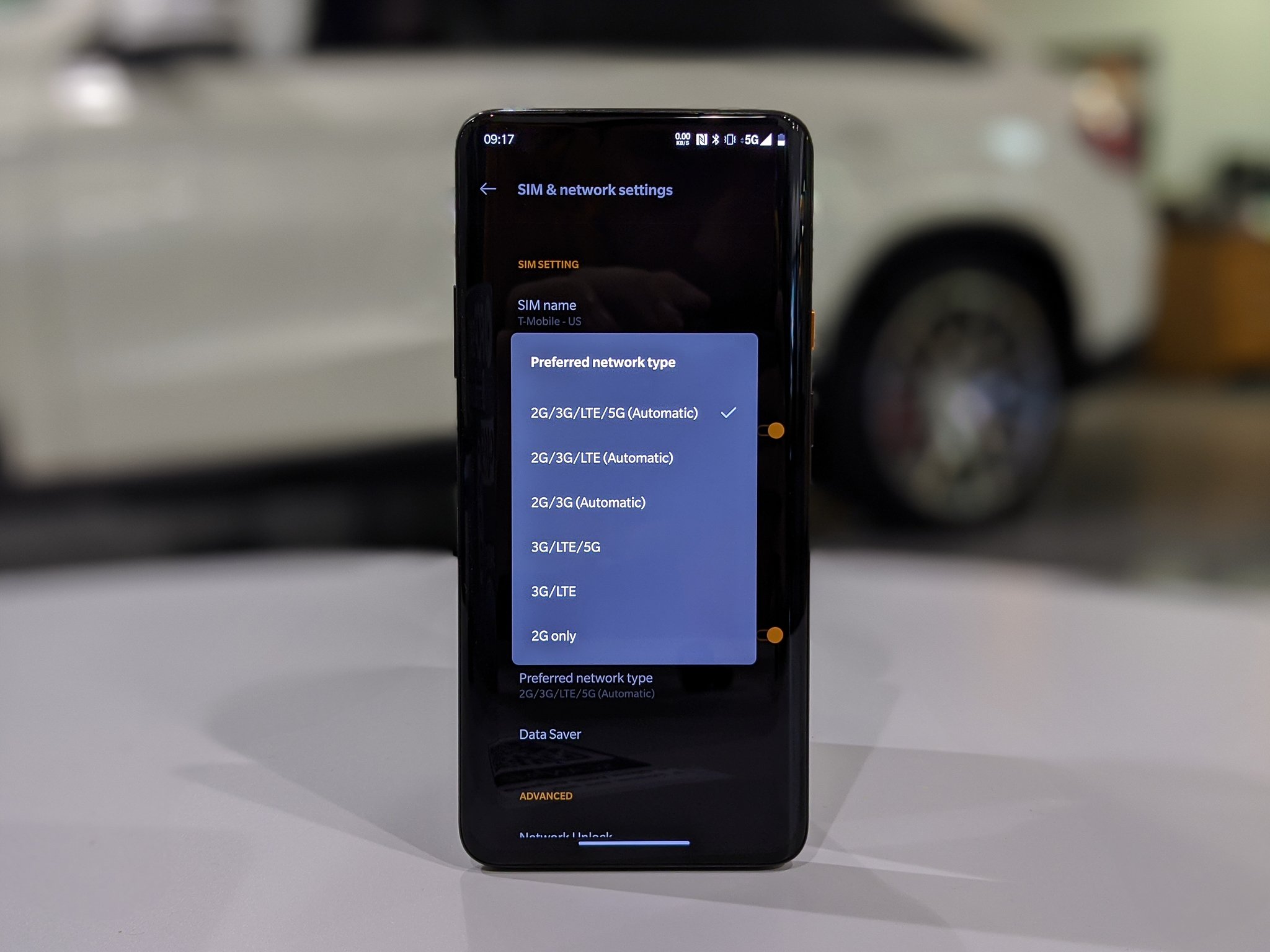
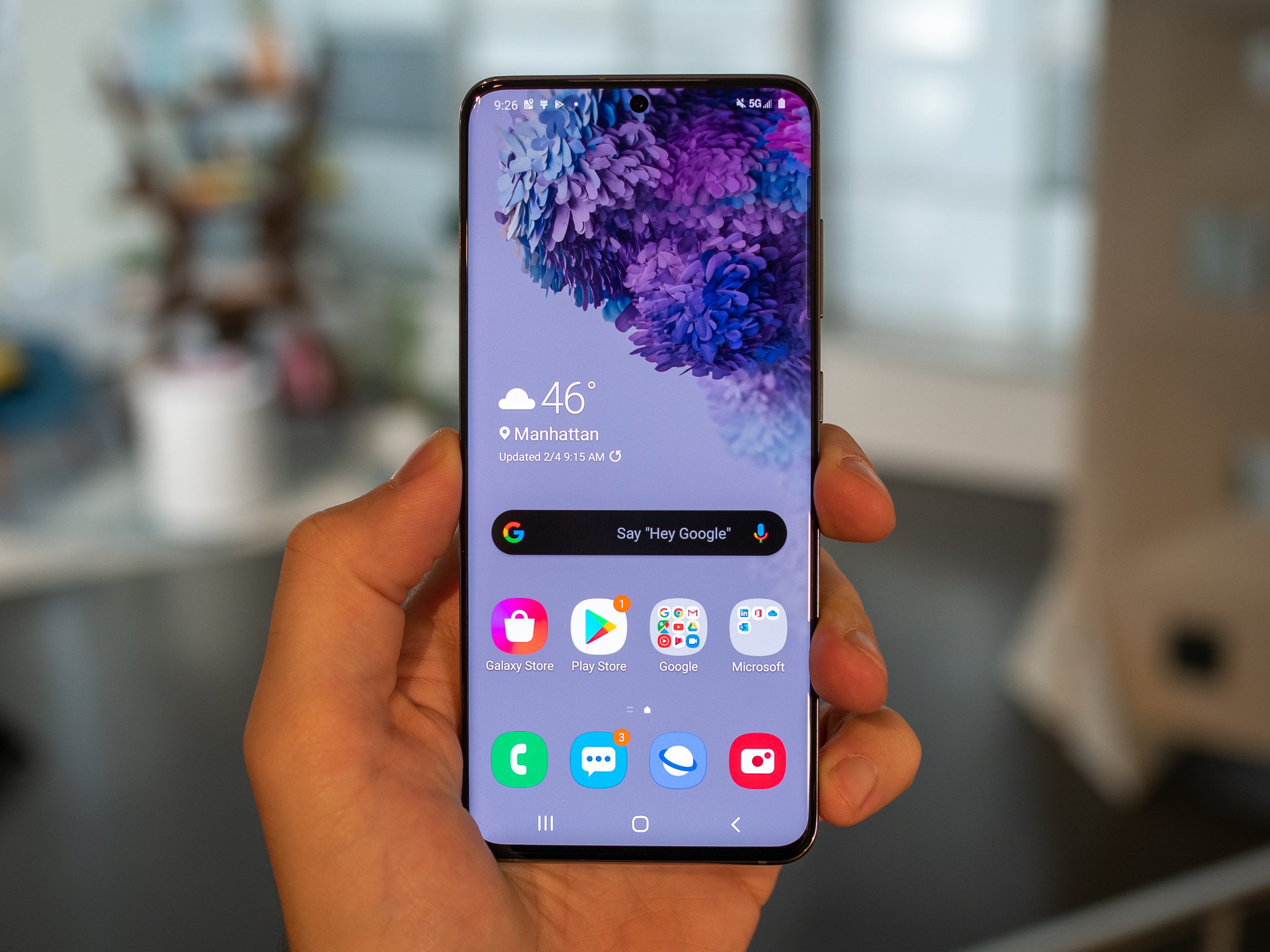
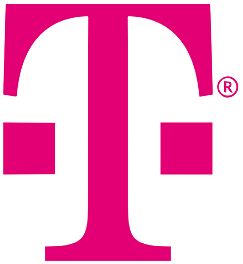
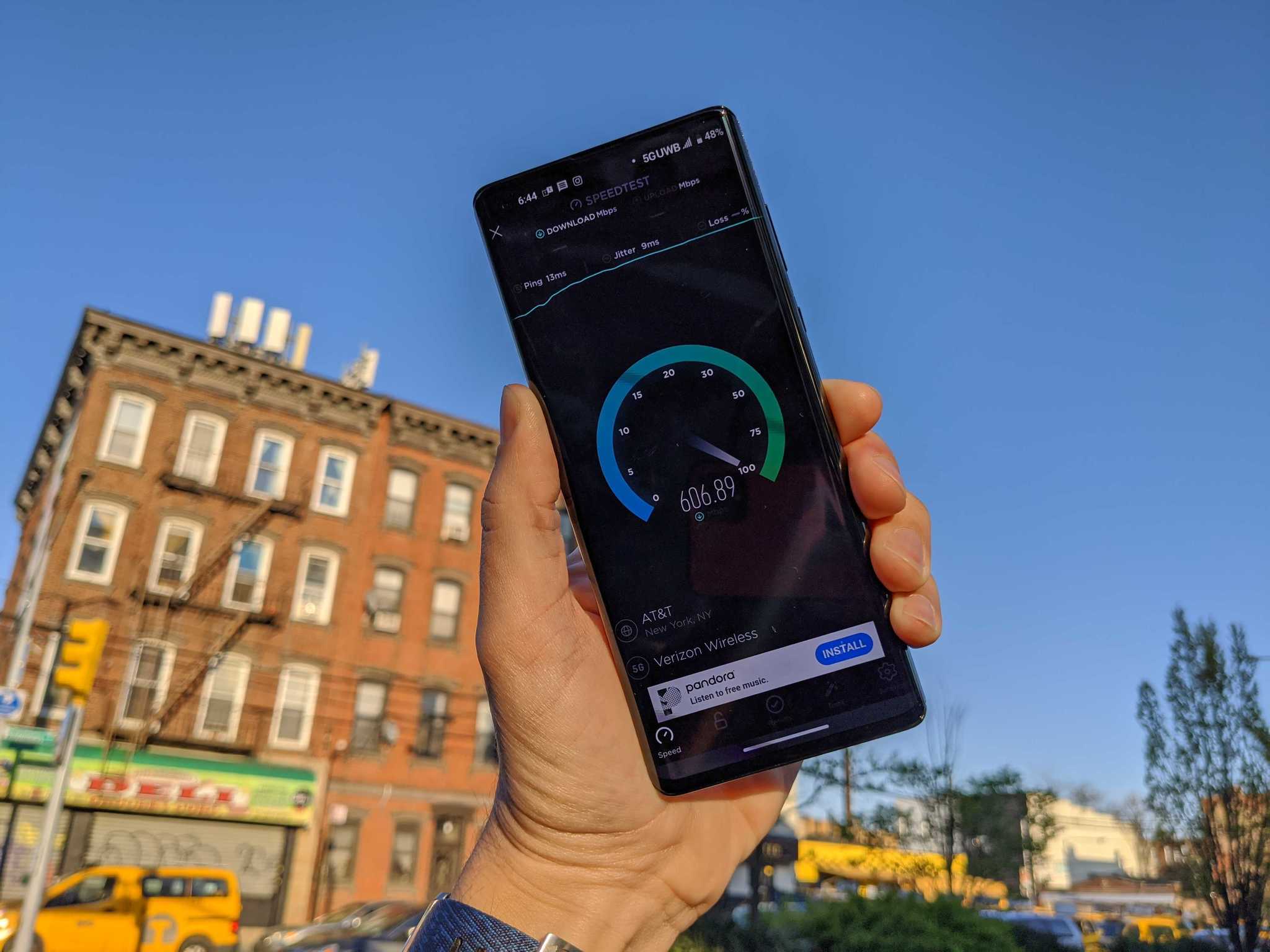
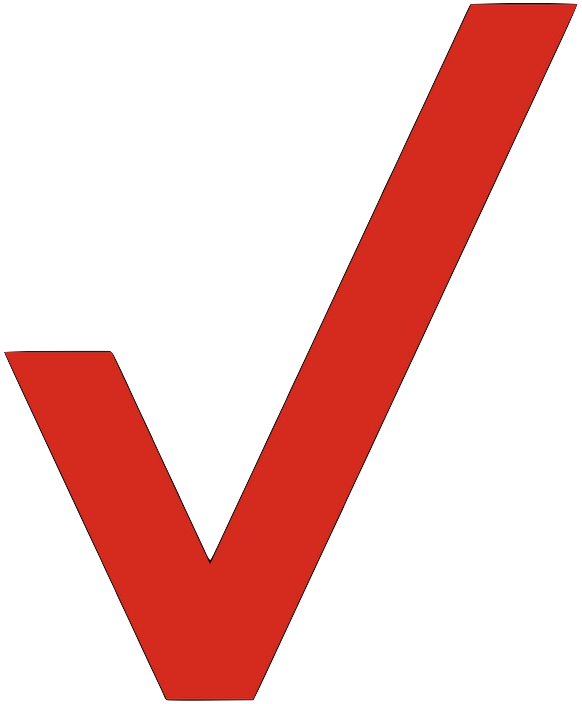
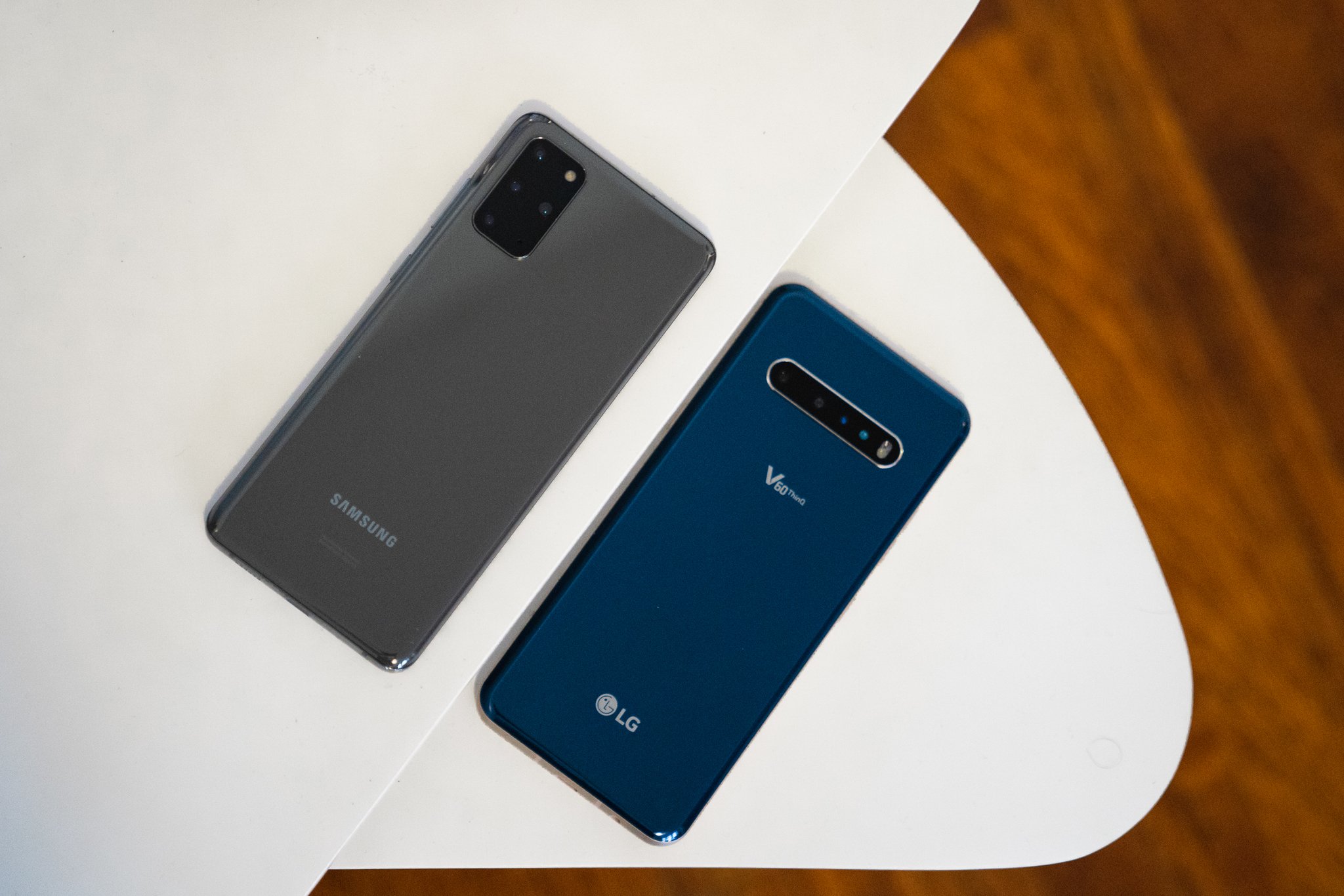
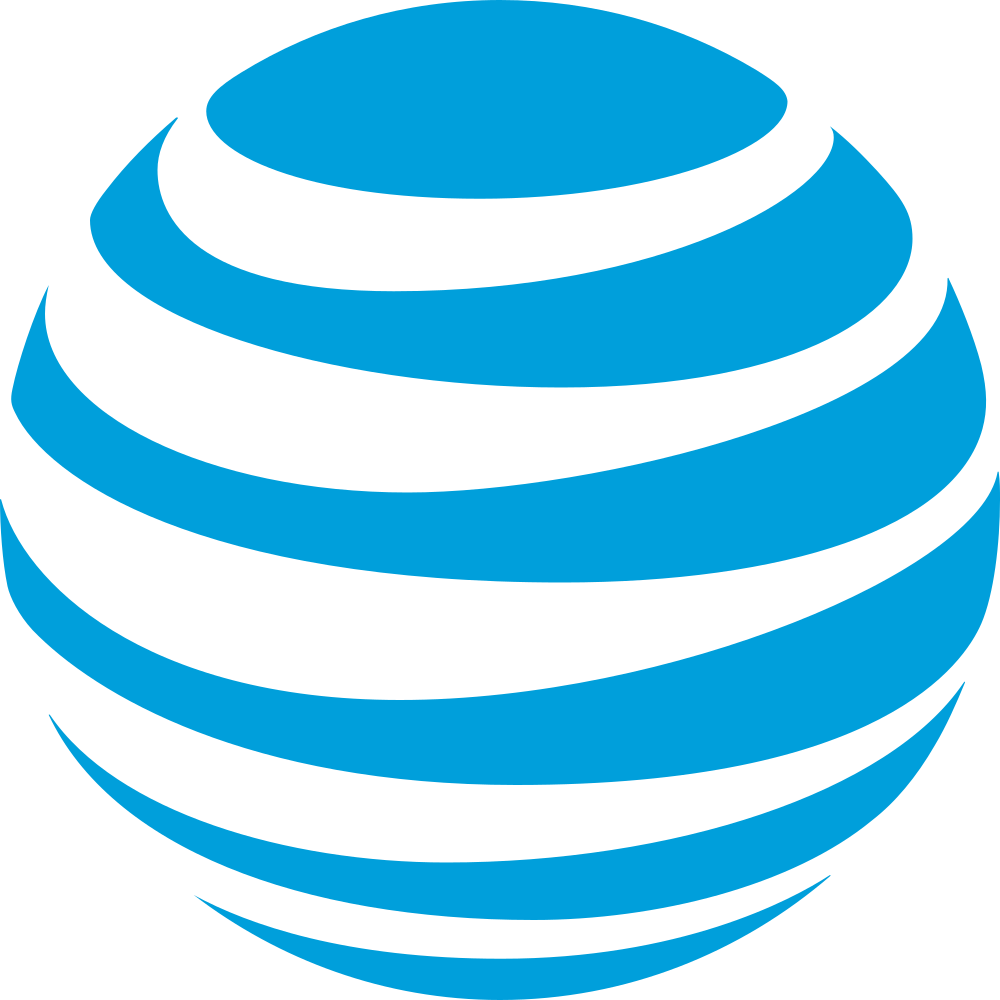
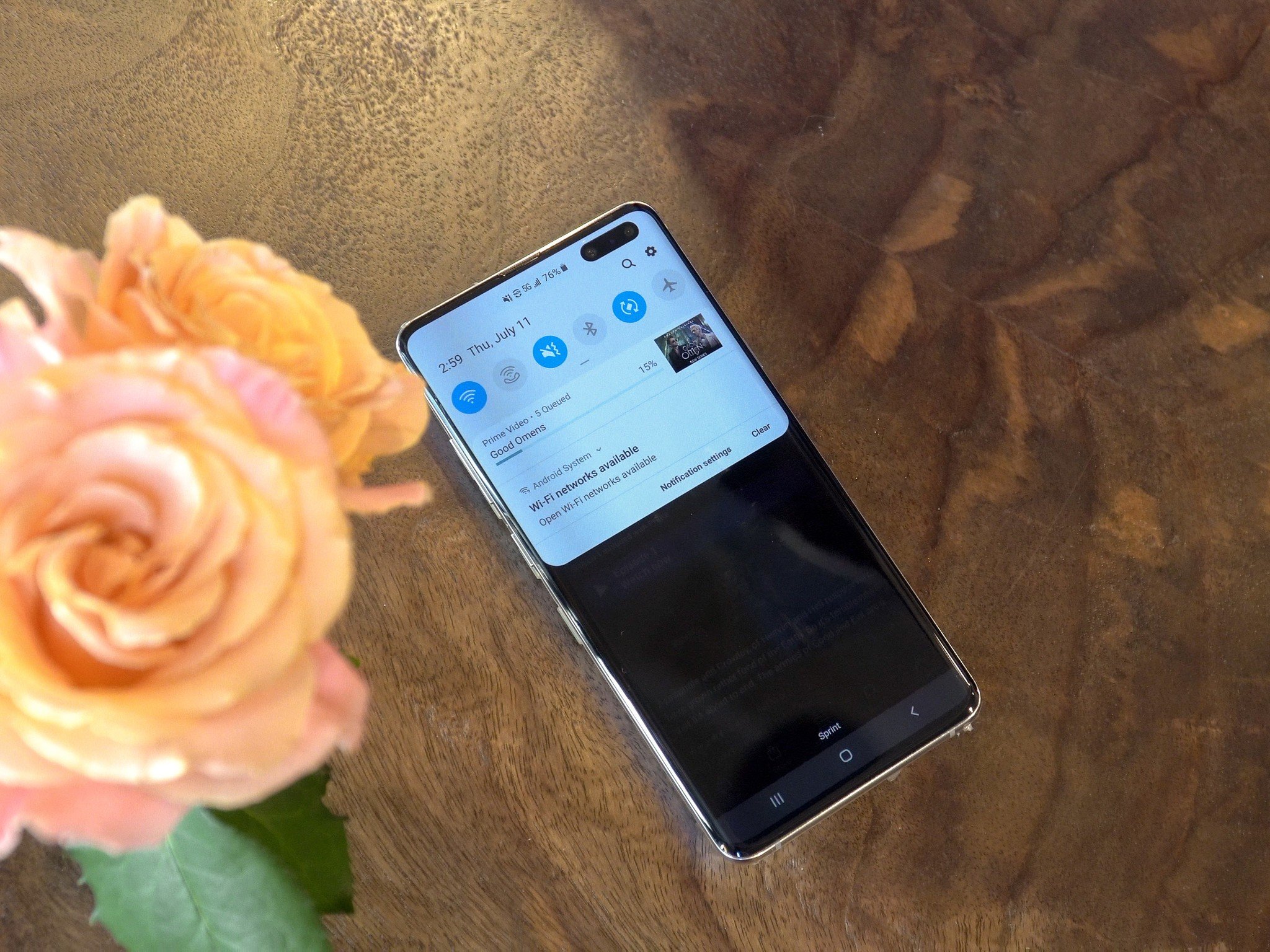


Leave a Reply